
Blood Clot in Leg: Signs and Symptoms You Shouldn’t Ignore (Pictures Included)
🦵 7 Warning Signs of a Blood Clot in the Leg You Shouldn’t Ignore
A blood clot in the leg, often linked to deep vein thrombosis (DVT), is a serious condition that can lead to life-threatening complications like pulmonary embolism. Recognizing the early signs is crucial for timely treatment and prevention.
1. Swelling in One Leg
Unilateral swelling—especially in the calf or thigh—is a classic symptom of DVT. The clot blocks normal blood flow, causing fluid buildup.
Expanded Insight: If the swelling worsens throughout the day or is accompanied by warmth and redness, seek medical attention immediately. Swelling that doesn’t improve with elevation is particularly concerning.
2. Persistent Leg Pain
The pain may feel like a cramp, pulled muscle, or dull ache. It often starts in the calf and intensifies over time.
Extra Tip: If the pain worsens when walking or bending the foot upward, this could indicate a clot obstructing blood flow.
3. Red or Discolored Skin
A reddish or bluish tint on the leg, especially below the knee, may signal poor circulation due to a clot.
Expanded Detail: In some cases, the skin may also feel itchy or develop a rash. Chronic discoloration can lead to skin ulcers if untreated.
4. Warmth in the Affected Area
The skin over the clot may feel noticeably warmer than surrounding areas. This is due to inflammation and restricted blood flow.
Extra Tip: Compare both legs—if one feels significantly warmer, it’s a red flag.
5. Tenderness to Touch
Even light pressure on the calf or thigh may cause discomfort. This tenderness is often localized to the clot’s location.
Expanded Insight: Tenderness may appear before visible swelling or pain, making it an early warning sign.
6. Difficulty Breathing or Chest Pain
If part of the clot breaks off and travels to the lungs, it can cause a pulmonary embolism. Symptoms include sudden chest pain, shortness of breath, and coughing up blood.
Important Note: These symptoms require emergency care. Call for help immediately if they occur.
7. Skin Changes and Vein Visibility
In advanced cases, the skin may become shiny, tight, or develop visible veins due to increased pressure.
Expanded Tip: Long-term complications like post-thrombotic syndrome can cause chronic pain, heaviness, and skin damage.
🛡️ Prevention Tips
To reduce your risk of developing blood clots in the legs:
-
Stay Active: Regular movement improves circulation. Avoid sitting for long periods—especially during travel.
-
Hydrate Well: Dehydration thickens the blood, increasing clot risk.
-
Wear Compression Stockings: These help maintain blood flow in the legs.
-
Maintain a Healthy Weight: Obesity increases pressure on leg veins.
-
Avoid Smoking: Smoking damages blood vessels and increases clotting risk.
-
Know Your Risk Factors: Pregnancy, surgery, certain medications, and genetic conditions can elevate your risk.
🧠 Final Thoughts
Blood clots in the leg are not just painful—they can be deadly if ignored. By recognizing the signs early and taking preventive measures, you can protect your health and avoid serious complications.
If you experience any of these symptoms, especially in combination, consult a healthcare provider promptly. Your legs may be trying to tell you something important—don’t ignore them.
News in the same category

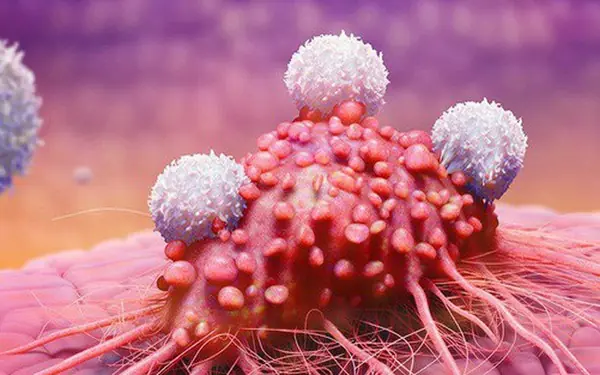
Small Morning Habits That Many Overlook but Boost Blood Flow and Energy

Woman Urged to See Doctor After Spotting Concerning Line

Groups of People Who Need to Avoid Eating Bread
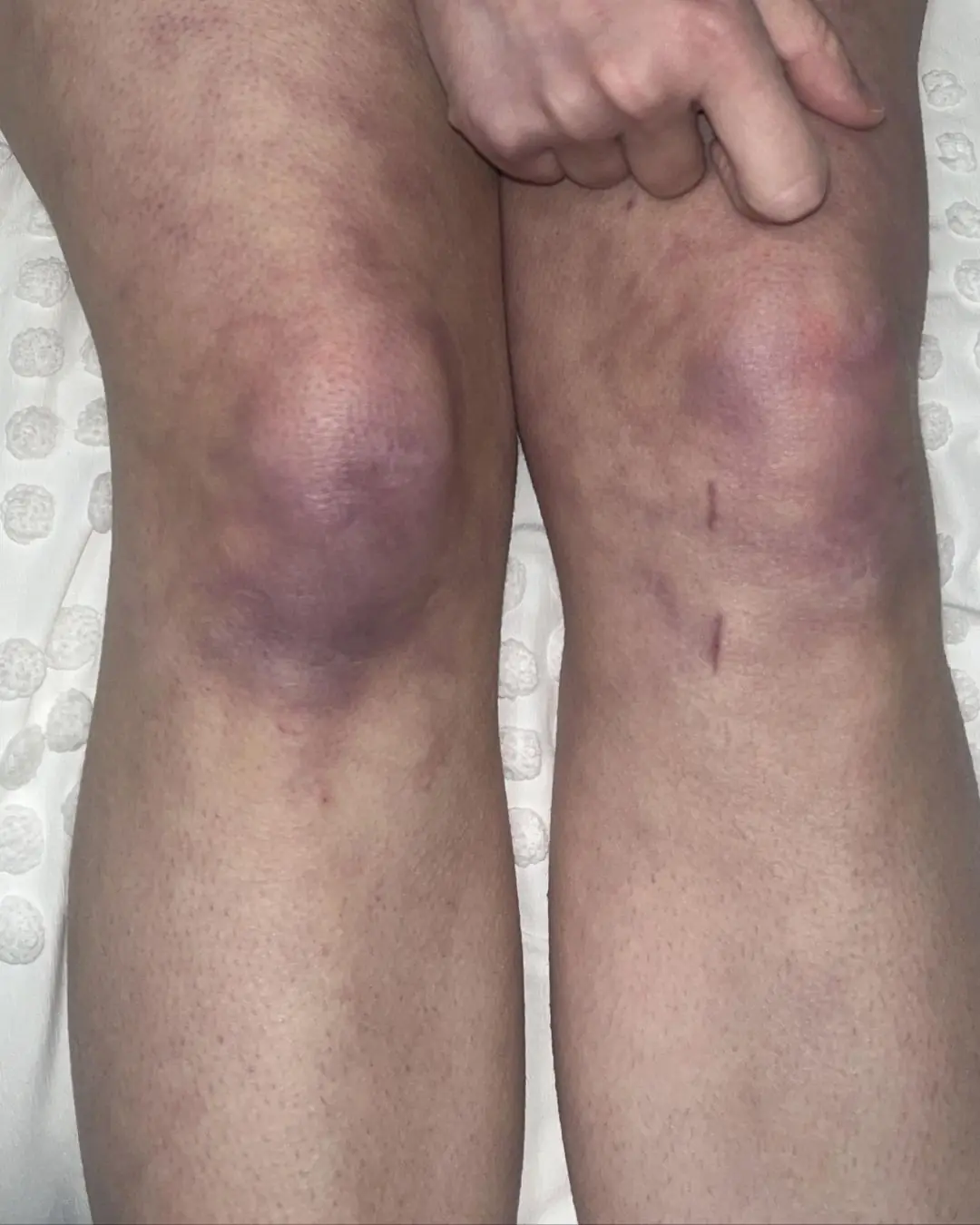
What those strange skin patterns might really mean

Should You Eat Rice for Breakfast
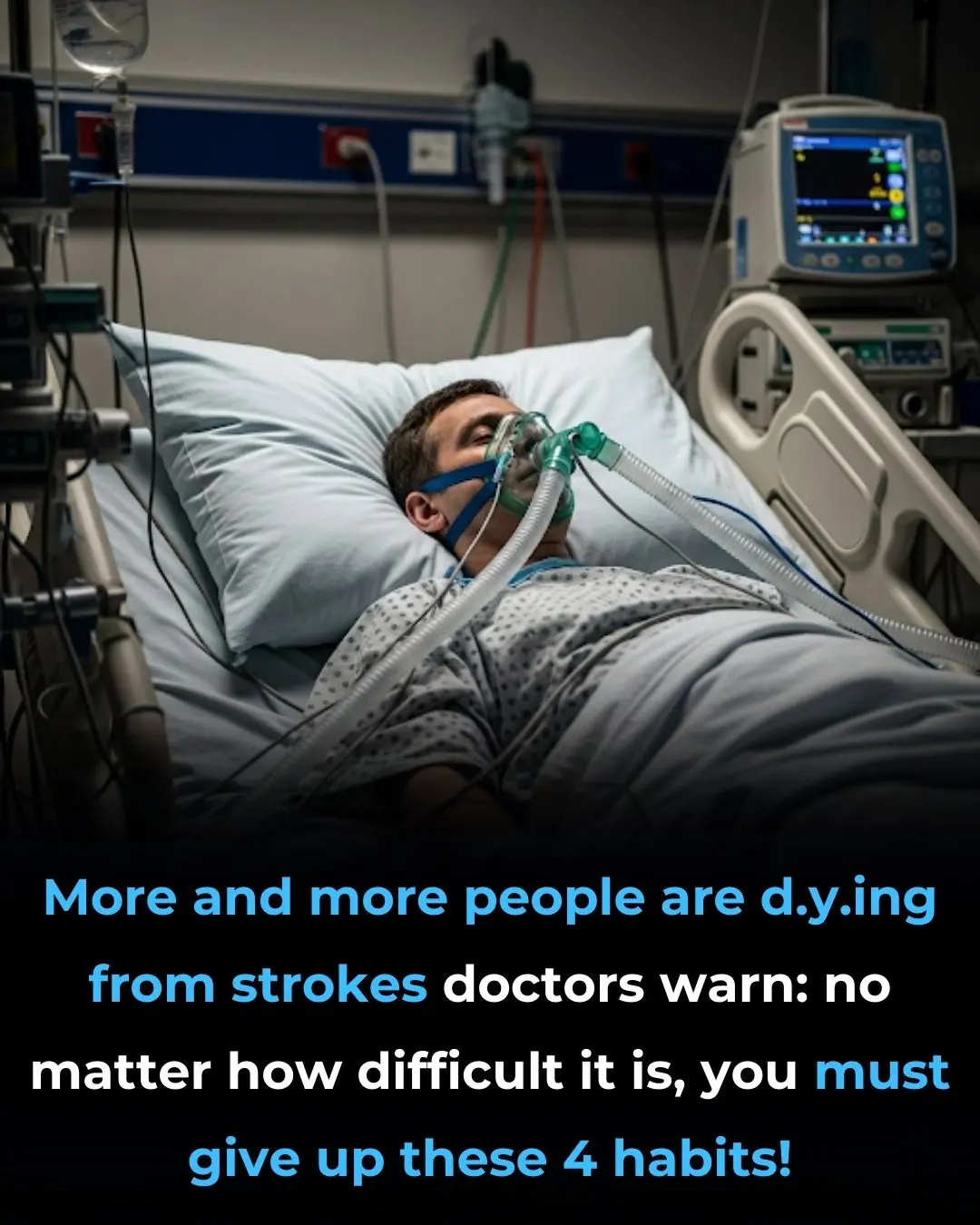
Preventing Stroke At Any Age: 3 “Don’ts” After Meals—And 4 “Don’ts” Before Bed

Why You Should Stop Using Petroleum Jelly On Your Skin (It’s a Byproduct of the Petroleum Manufacturing Process)
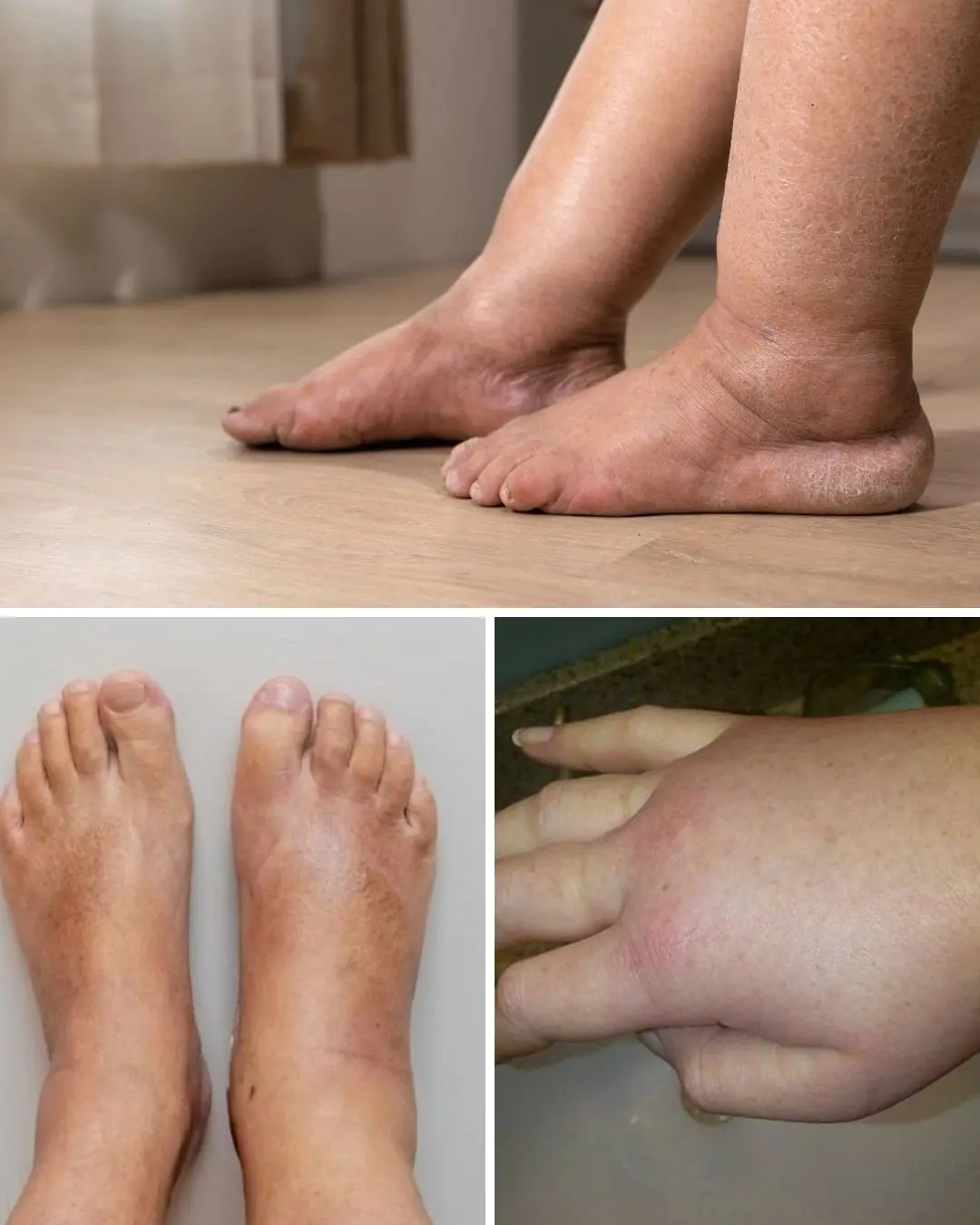
Foods that can ease swelling in hands and feet

The Most Effective Ways to Naturally Get Rid of Clogged Ears

Most US Neurologists Who Prescribe MS Drugs Take Industry Money
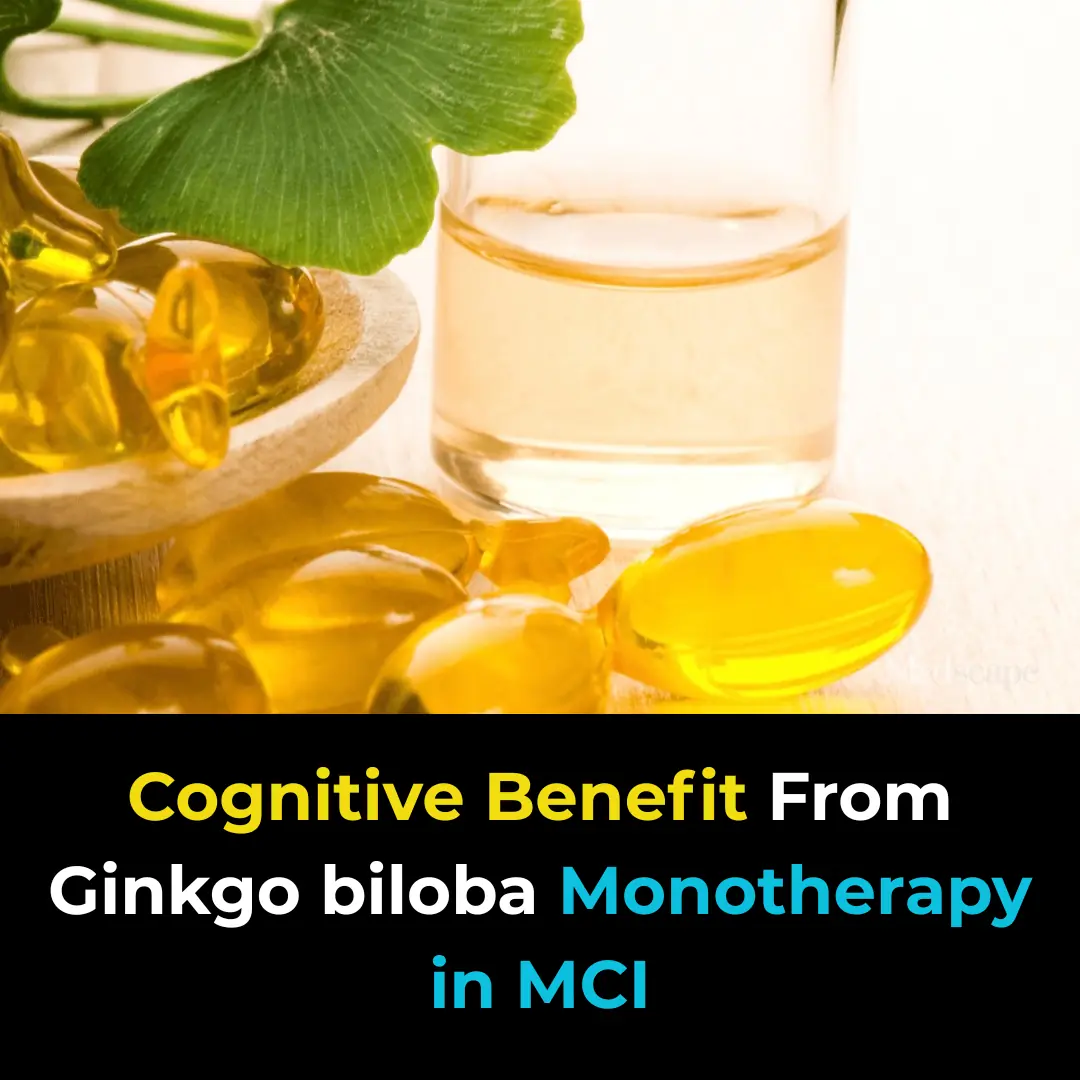
Cognitive Benefit From Ginkgo biloba Monotherapy in MCI

Keeping Up on HS Management When Guidelines Are Outdated

How Your Body Changes in Your Forties and What It Means for Your Health

17 Foods That Increase Magnesium And Prevent High Blood Pressure, Blood Clots And Muscle Fatigue
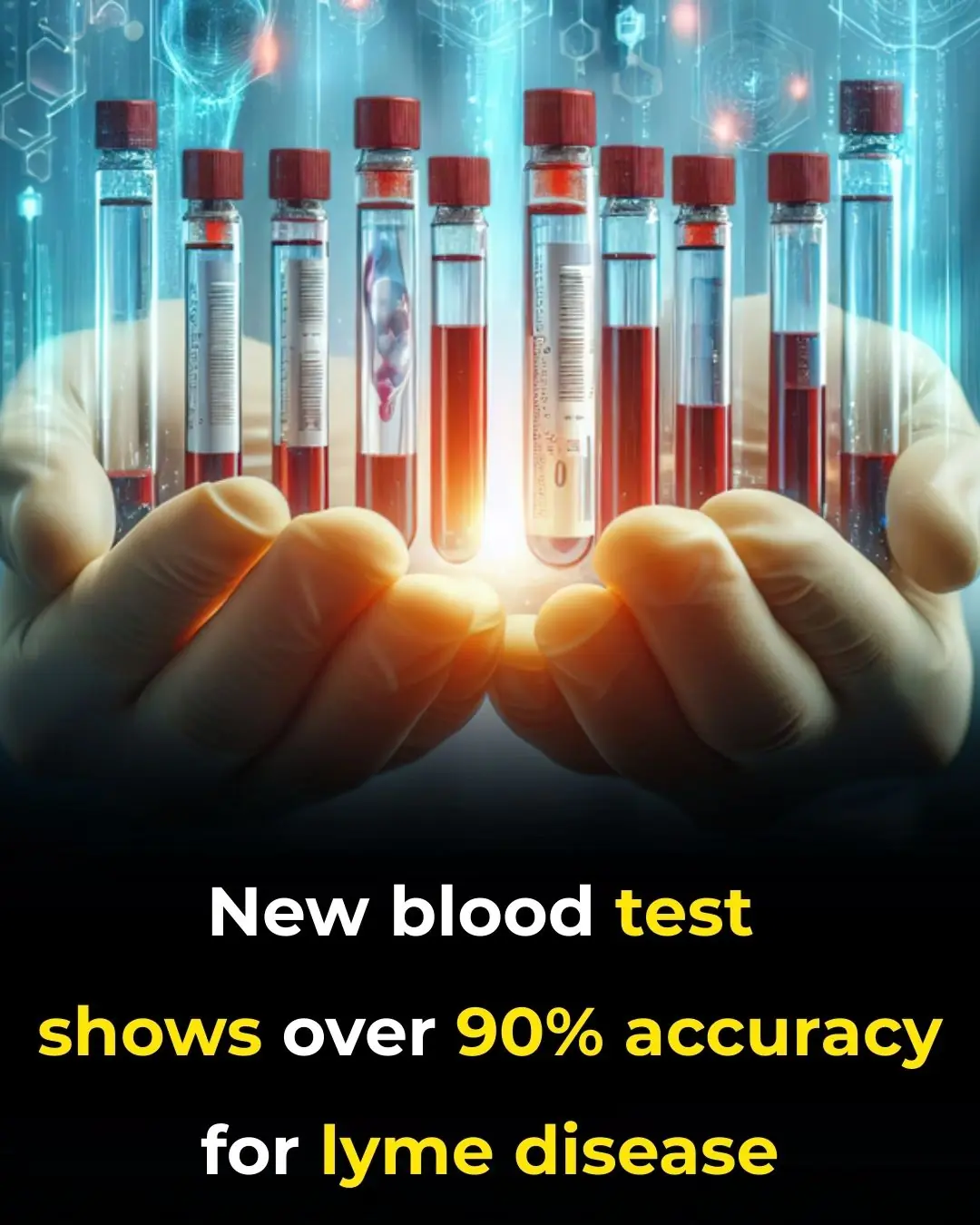
New Blood Test Shows Over 90% Accuracy for Lyme Disease

Is AI Use Causing Endoscopists to Lose Their Skills?
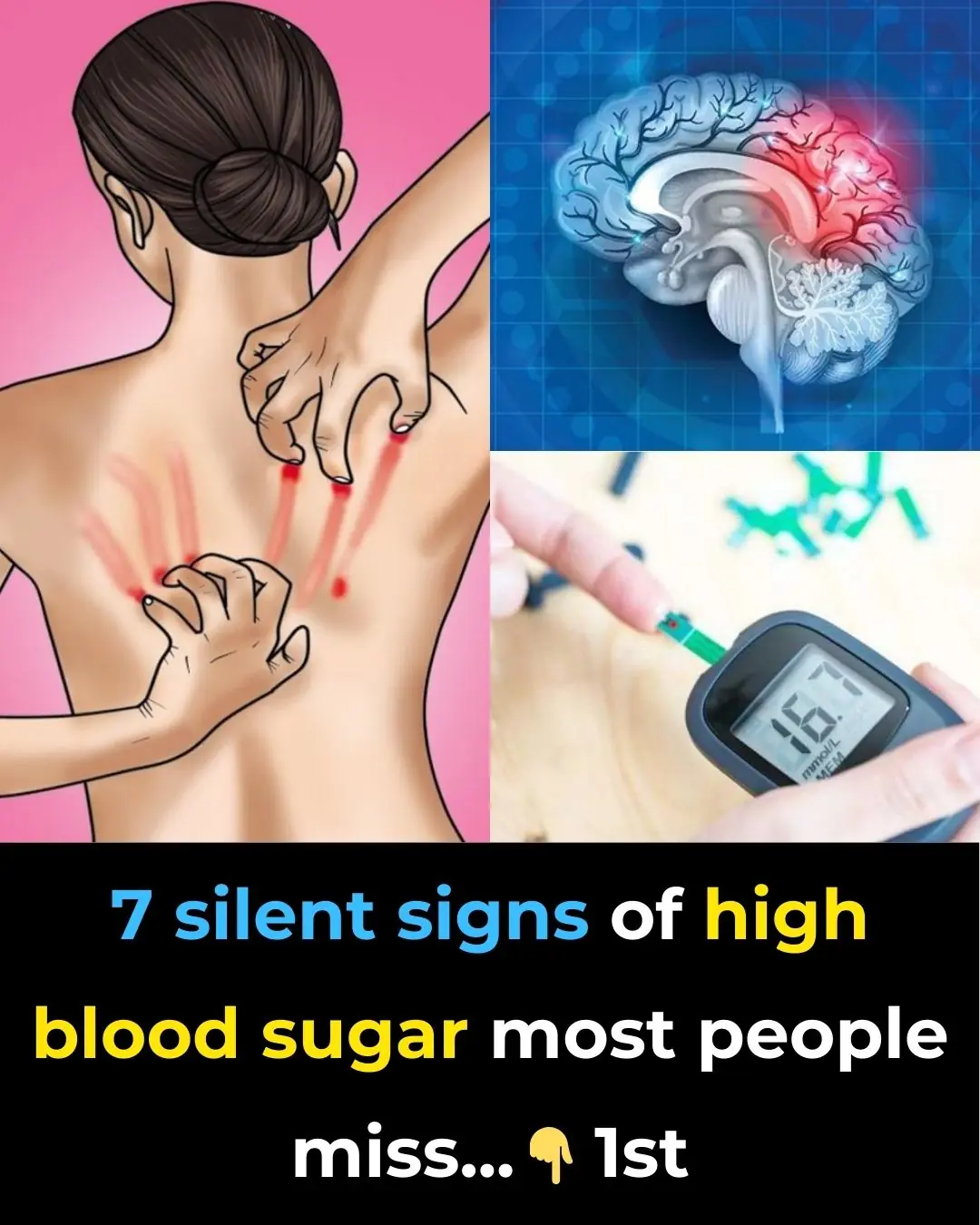
7 silent signs of high blood sugar most people miss
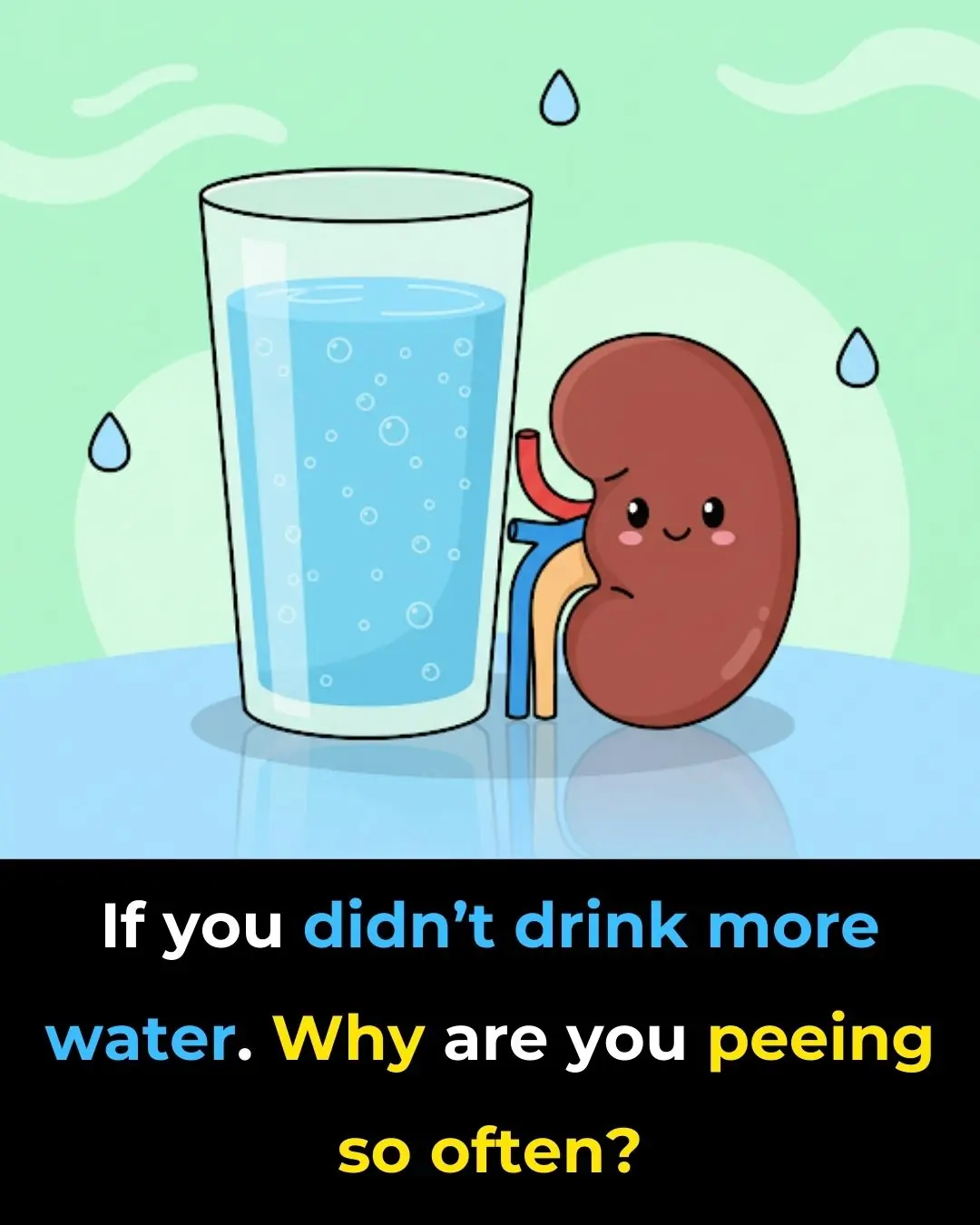
If you didn’t drink more water, why are you peeing so often?
News Post

This Is What Happens to Your Body When You Start Eating Raw Garlic

What Those Red Spots on Your Skin Are Warning You About and How to Remove Them Naturally

Small Morning Habits That Many Overlook but Boost Blood Flow and Energy

How to use Onion juice & Onion Hair Oil for Hair Growth – Onion Benefits for Hair

What it says about your relationship when your partner sleeps with their back to you

Woman Urged to See Doctor After Spotting Concerning Line

Homemade Okra Face Gel – Collagen Gel for Glowing Skin

Groups of People Who Need to Avoid Eating Bread

What those strange skin patterns might really mean

Should You Eat Rice for Breakfast

Preventing Stroke At Any Age: 3 “Don’ts” After Meals—And 4 “Don’ts” Before Bed

Why You Should Stop Using Petroleum Jelly On Your Skin (It’s a Byproduct of the Petroleum Manufacturing Process)

Foods that can ease swelling in hands and feet

iPhone users are just discovering 'life-changing' hidden feature that's 'so simple but so useful'

Family of teen who died by suicide hit back at response from ChatGPT

10 Amazing Benefits of Sumac You Need to Know

Clove Chia Collagen Drink: Boost Collagen With Every Drink

Keanu Reeves movie branded 'cinematic perfection' just landed on Netflix and fans are saying it's 'one of the best horror films of all time'

Putin issues blunt response to claims he's planning to attack Europe amid WW3 fears
